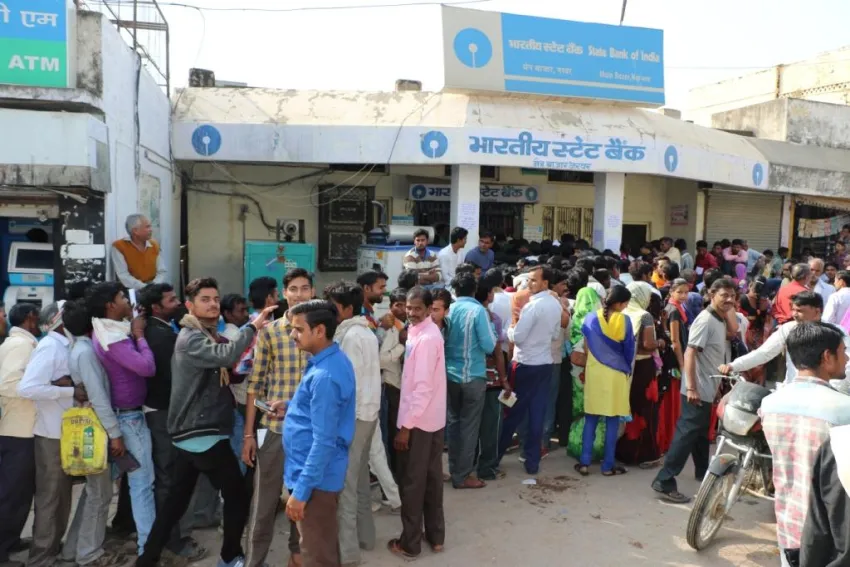
Four things that stirred up a 'perfect storm' in Indian banking
The growing stressed asset burden amidst stretched corporate balance sheets is one.
The Indian banking sector is grappling with new realities and needs urgent attention to ensure that it remains a key driver of the Indian economy, according to a new report published by McKinsey & Company.
McKinsey notes that India’s banking sector is facing a ‘perfect storm’ requiring critical attention to ensure it remains a key driver of the Indian economy.
"Whilst Indian economic growth is expected to increase to 7.7% by 2020, with some 80 million more households joining the middle class, a business-as-usual approach may imperil India’s economic growth. Despite supporting one of the fastest growing large economies in the world, the report indicates four major stresses that are impacting India’s fragmented banking industry."
According to McKinsey, a combination of four major forces have stirred up a perfect storm in Indian banking, and exposed underlying structural challenges:
- Stagnating credit growth and surging deposits – loan volumes have shrunk by 0.1%, and there is surplus liquidity in the banking system; deposit surge, along with credit slowdown, has brought down the CD ratio of banks.
- Growing stressed asset burden amidst stretched corporate balance sheets – stressed assets of the Indian banking sector are currently greater than their net-worth, with the potential of putting the entire equity base of banks at risk; stressed assets crossed INR 10 lakh crores in December 2016, but provisioning against these levels is only INR 3 lakh crore.
- Rapid digital banking adoption and technological shifts – Indian consumers are more digital than ever, with a fall in costs driving growth in digital and online usage.
- Changing regulatory environment – a digital, inclusive, interoperable and competitive financial services sector is on the rise. Government-backed initiatives like Aadhaar, UPI, DigiLocker, and IndiaStack are creating publicly accessible, unified digital infrastructure for providing financial services and accessing customer information.
Renny Thomas, senior partner, McKinsey & Company, leader of firm’s Financial Services practice in India said, “Despite positive macroeconomic and technological trends driving the growth of new opportunities in the sector which makes Indian banking very attractive for new investors, immediate action and major structural reforms are required to move the entire sector towards a more favourable end-state. While a select set of banks will create tremendous value, business-as-usual will only reinforce current trends and even after five years in 2022, the return on equity for the sector as a whole might lag behind their cost of equity.”




![Lorem Ipsum [ABF 1]](https://cmg-qa.s3.ap-southeast-1.amazonaws.com/s3fs-public/styles/exclusive_featured_article/public/2025-03/a_hand_pointing_to_a_futuristic_technology_5b87c9d0e3_1.png.webp?itok=2w0y1WhS)


![Cross Domain [Manu + SBR + ABF + ABR + FMCG + HBR + ]](https://cmg-qa.s3.ap-southeast-1.amazonaws.com/s3fs-public/styles/exclusive_featured_article/public/2025-01/earth-3537401_1920_4.jpg.webp?itok=WaRpTJwE)







 Advertise
Advertise

